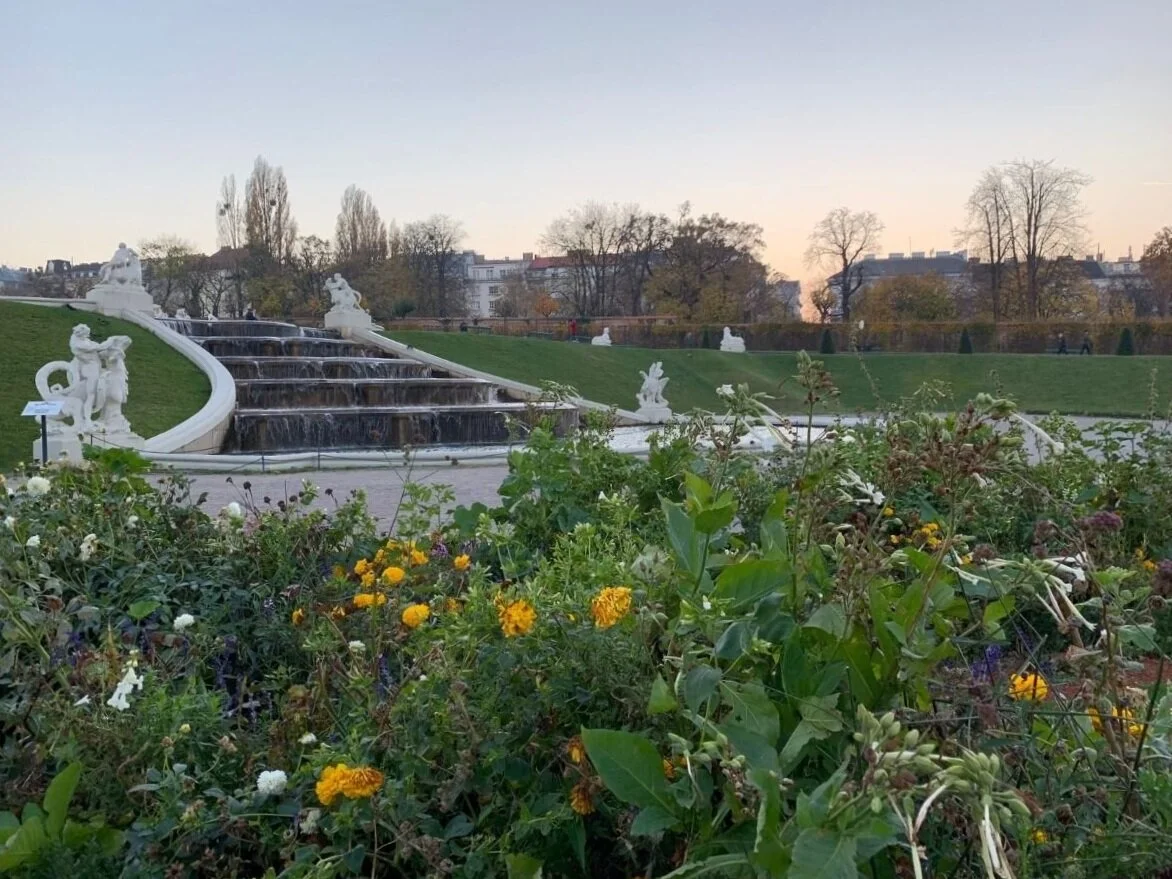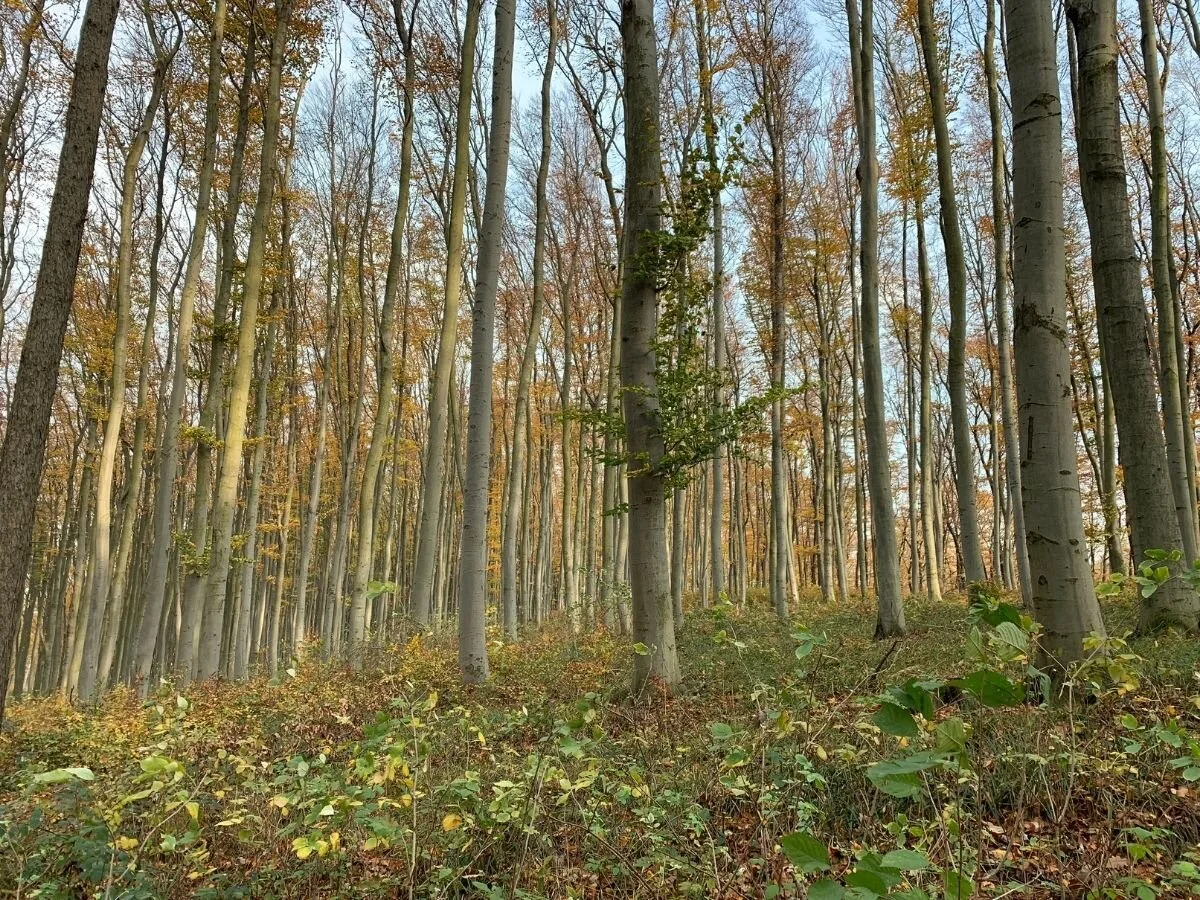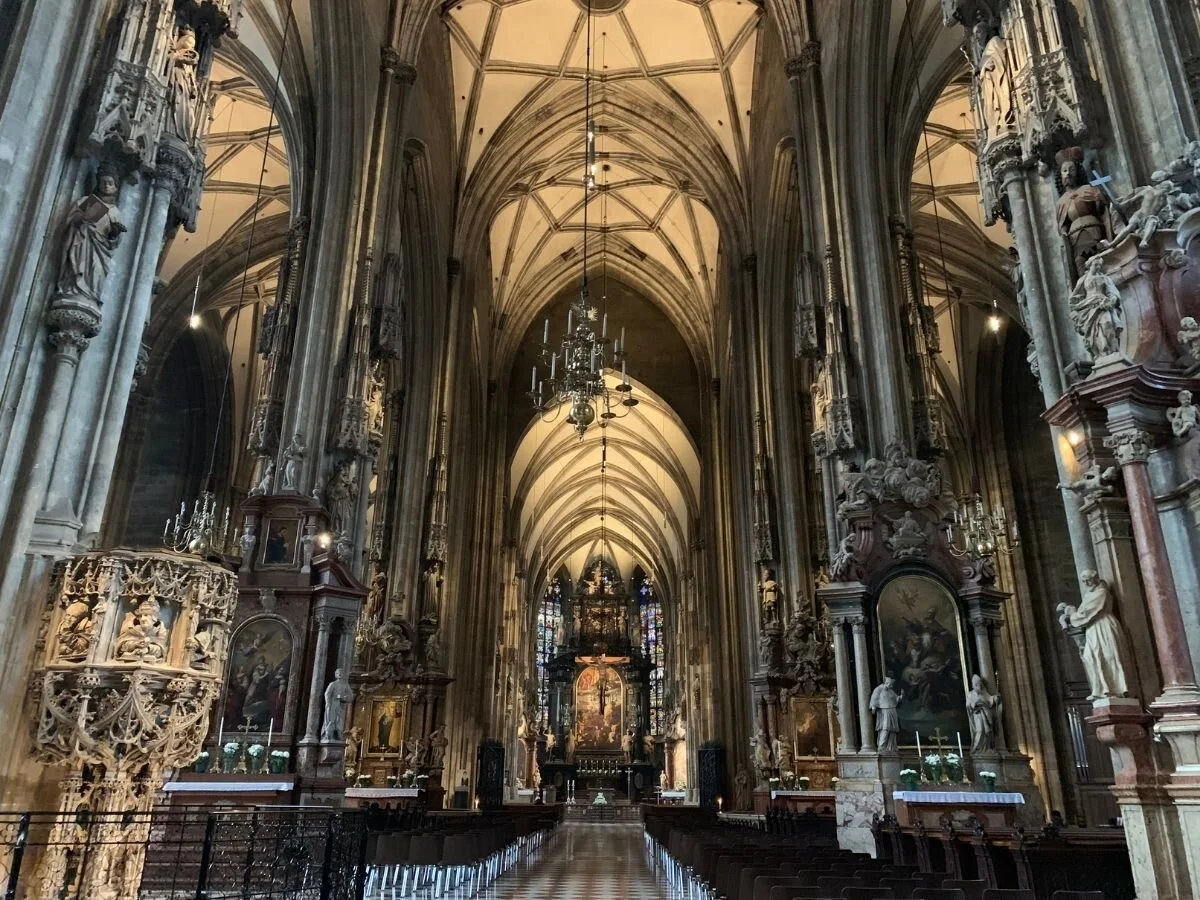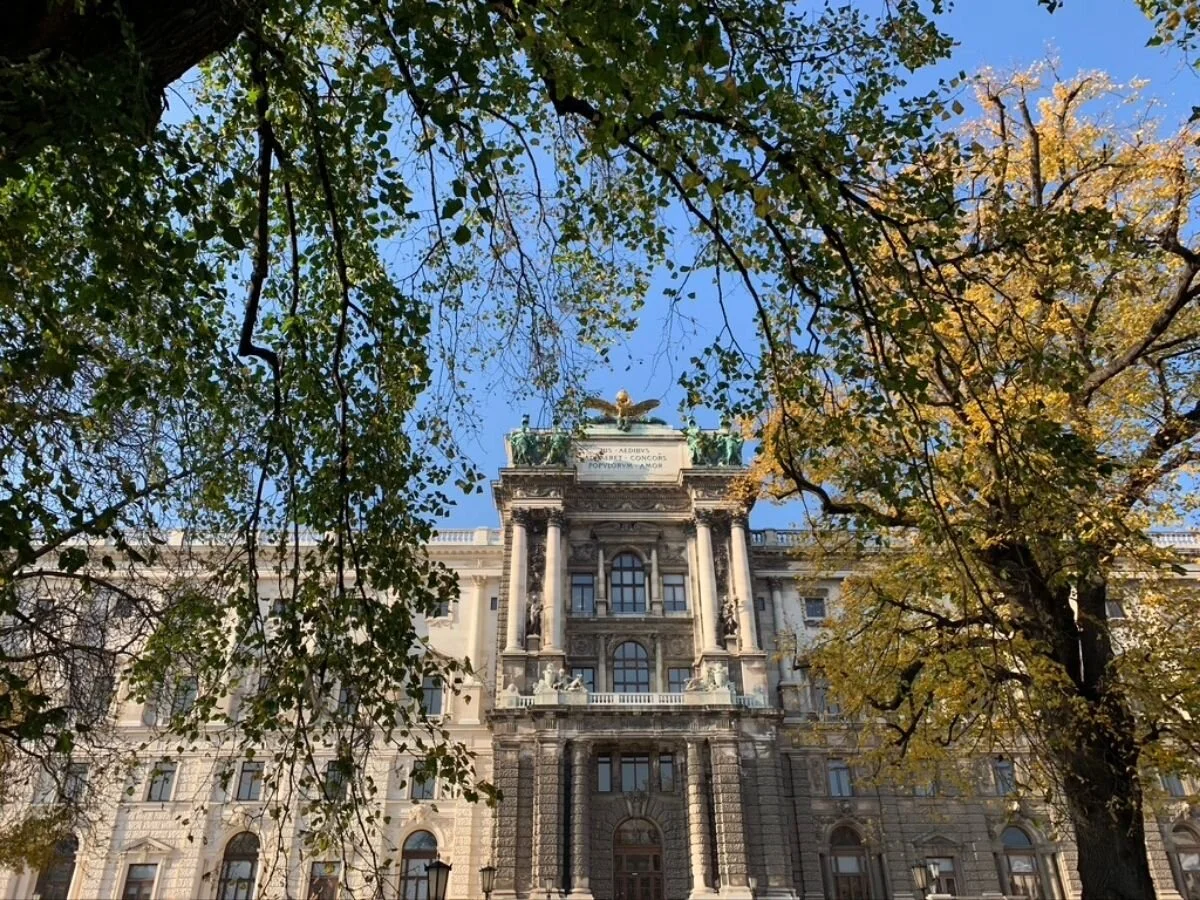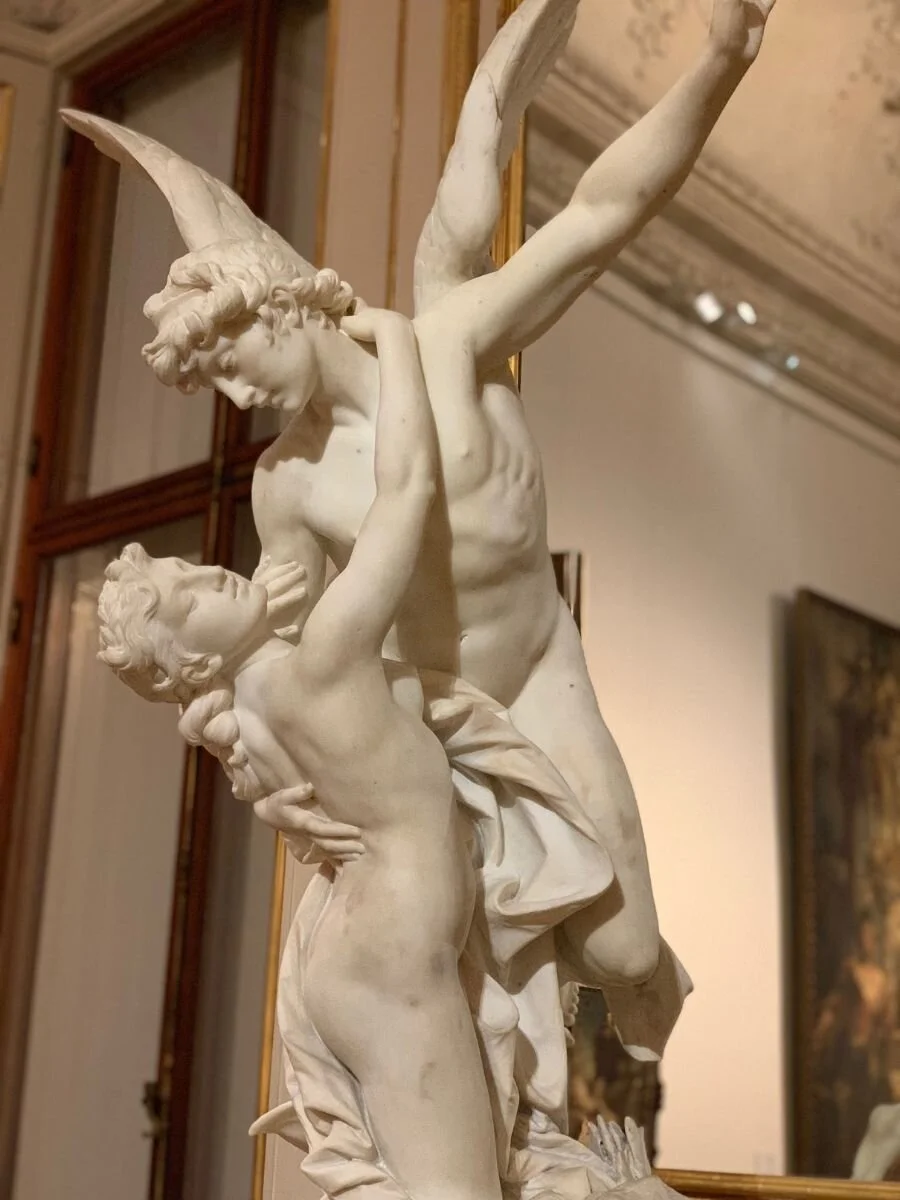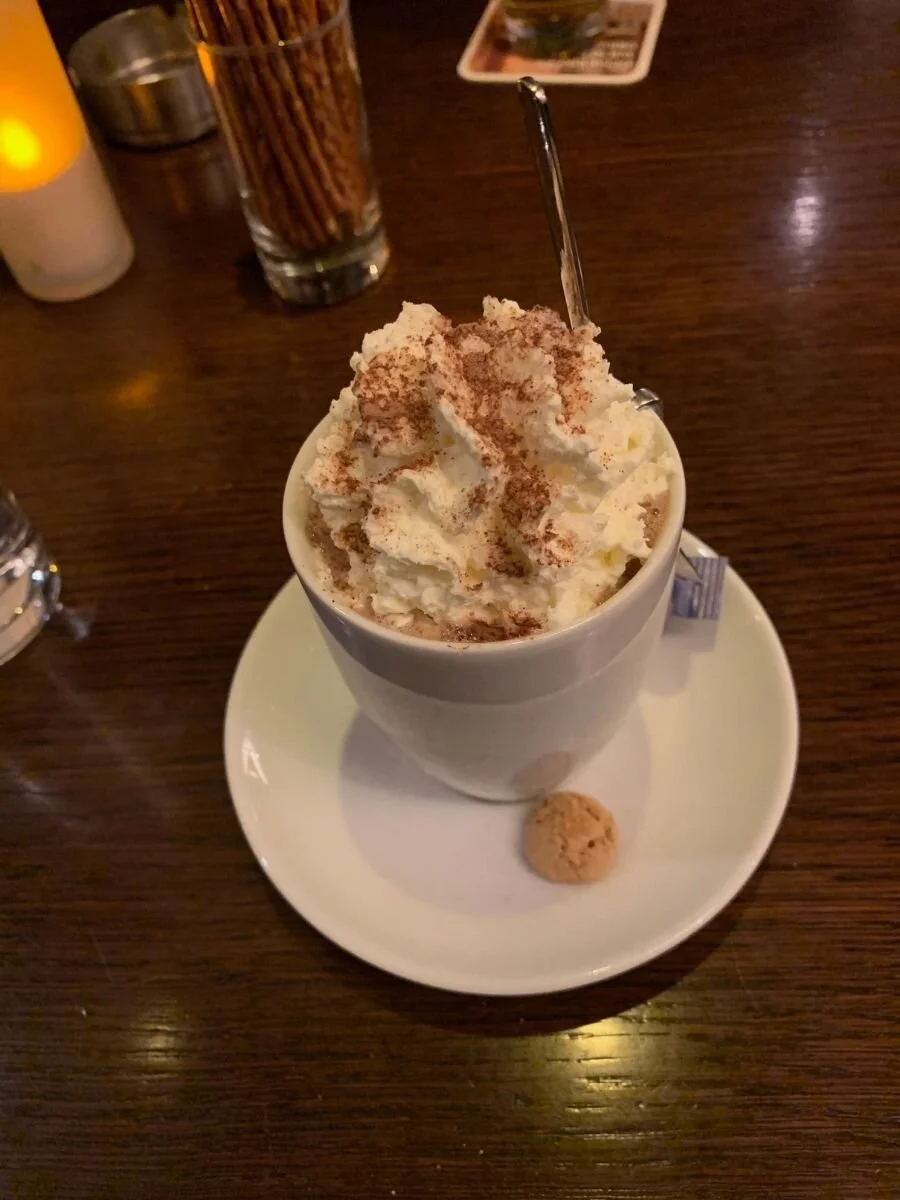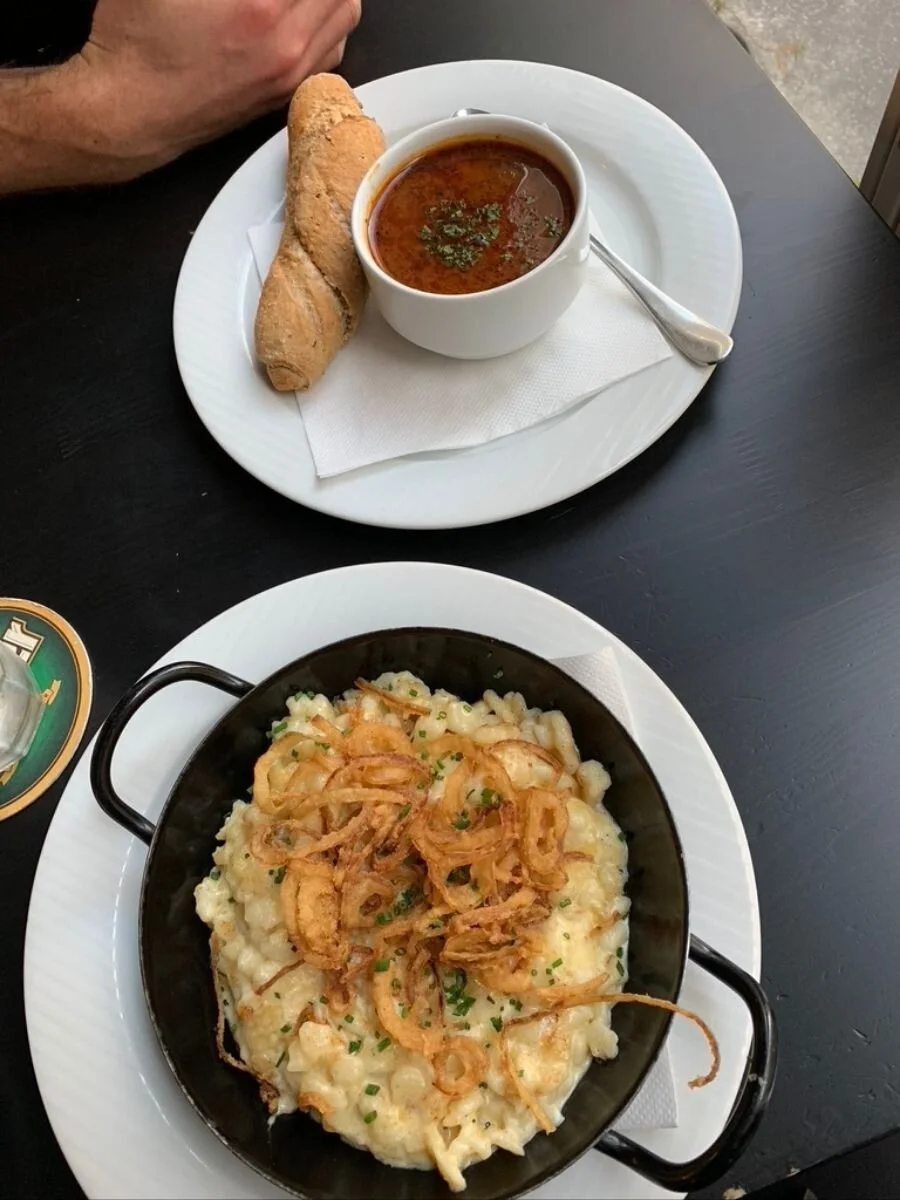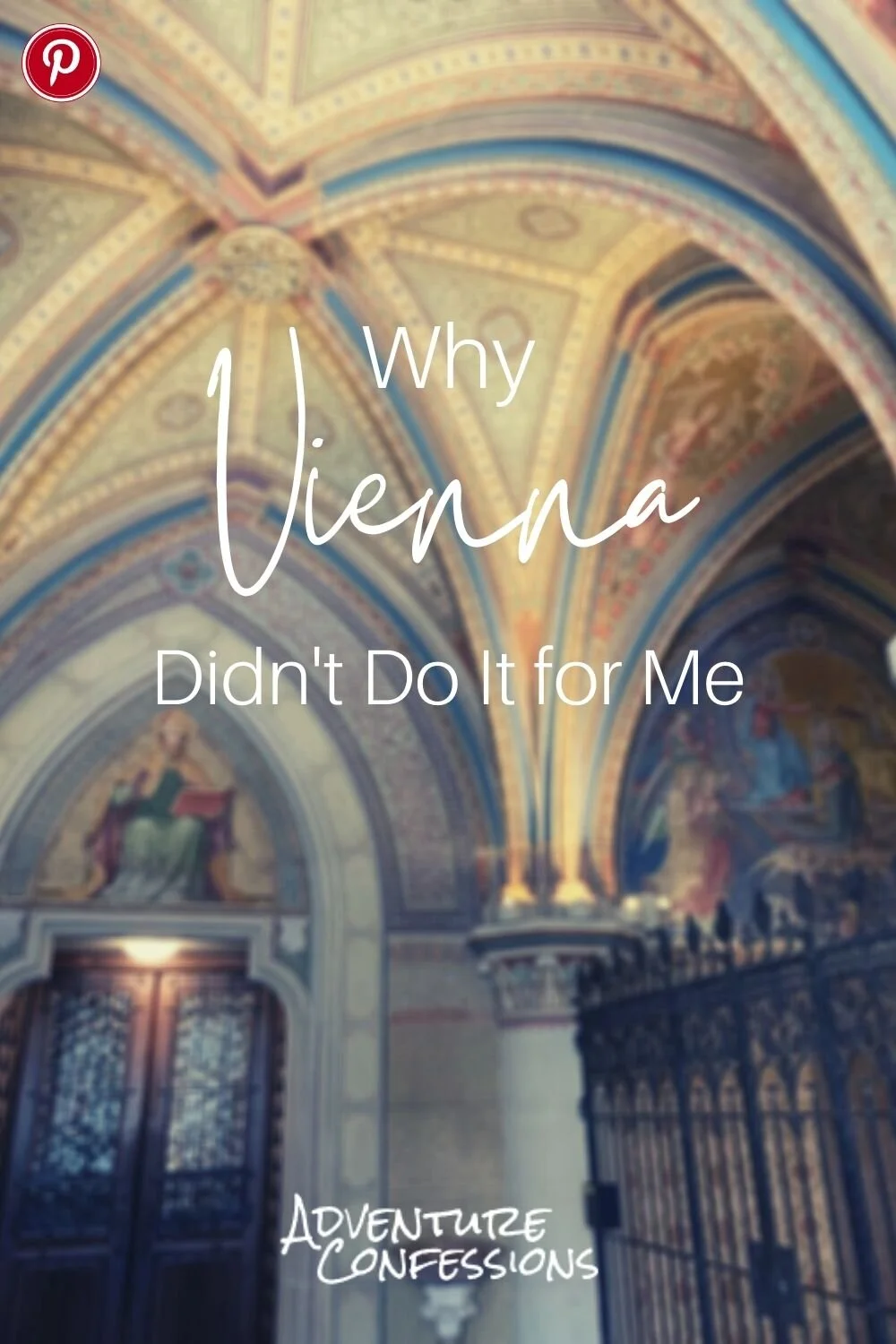Why Vienna Didn't Do It for Me
The Botanical Garden at the University of Vienna
Ah, Vienna. Land of classical music and decadent cake slices; of sipping coffee out of porcelain cups while people-watching in the Stephansplatz.
World-renowned art and history. The old. The rich. The stuffy.
Definitely beautiful.
Definitely not the most backpacker-friendly city.
It’s not that I didn’t want to love it. It’s just that I had unreasonably high expectations from everyone I’d ever heard gush about this historic gem. I had three reasons to assume I’d enjoy it as much as everyone else:
I took a shitload of music history courses in college.
I begrudgingly turn a blind eye to everything disgusting about the high art world and its gatekeepers because of how much art museums Spark Joy (click here for an antidote).
I much prefer the slower pace of travel over pushing my way through crowds.
But alas…Vienna didn’t do it for me, and I’m pretty sure these are the reasons why:
Happily lost in the Vienna Woods.
I’m poor.
Well, that’s probably an insensitive exaggeration, but I certainly travel as if I am. And while backpacking Vienna is definitely possible on a budget, it’s not the type of city where you can get the most out of it simply by wandering the streets and soaking up the vibe. All the most iconic places to visit require a good amount of cash. I could have taken my own advice and done a free walking tour, which would have made the whole experience feel a lot more accessible, but my (broke AF) friend and I were only there for a few days and already had a full list of things we wanted to see and do. Opting out was definitely a mistake, especially because…
St Stephen’s Cathedral—one of the few free sights in Vienna.
I’m young(ish).
The vast majority of tourists we saw wandering the streets and populating the cafes were definitely in the 65+ age range. I suppose this has to do with the price tag on almost everything. Because the entire city seems to cater to this demographic, the pace of life is glacial, the events lean toward the quieter side, and everywhere I went I felt just a little out of place. Which brings me to the next reason:
My knowledge of European history is…well…subpar.
The beautiful baroque Karlskirche, located in the center of the city and one of our cheapest excursion (4€ with sketchily-faded student ID)
Everything I know about history I learned through performing arts history classes in college. I slept through History in high school (as did my hungover teacher), and I had so many other academic interests that it simply fell to the wayside. As an avid traveler, I wish I had a better education in these areas so I could more fully appreciate all the different places I’ve visited, but for now I have to rely on Wikipedia, free walking tours, podcasts and YouTube accounts like this one.
I’m brown.
Obviously the spitting image of Adele Block-Bauer.
Aside from the frenetic tour groups here and there, the only other people I saw who looked even remotely like me lived on the outskirts of town, selling kebabs for a couple of euros and getting sneers from “real” locals. This brings me to a disturbing observation I’ve made in nearly every European country I’ve visited:
America is—shockingly—far more accepting of immigrants than even most “educated young liberal” circles in Europe.
It pains me to say this, but so often I’d make a connection with someone from another country as we’d open up about all these different parts of our lives, and hours into spending time with them they’d make an offhand, resentful comment about “selfish” immigrants ruining their country and culture. I’d have to pause and take a deep breath, not only because I didn’t want to ruin the opportunity with impatience but because it is their culture, often in a country far smaller than the U.S. and with perceived threats not dissimilar but also not entirely parallel to those of conservative Americans. Part of cultural exchange is the actual exchange, not just the sharing of your own values and ideas. In order to learn I had to listen, even if that meant biting my tongue and speaking in a neutral way that hid my deep, fiery rage.
I can’t tell you the number of times I’ve casually stated the most basic pro-immigration argument with:
“Oh, I don’t know? I think that if families are willing to risk the lives of their young children and live on the streets in the dead of winter, then the horrors they were fleeing from their home country are probably unimaginable to us.”
…to which I am often met with an actual lightbulb expression on their end, as if it hadn’t occurred to them that immigrants and refugees weren’t just moochers coming here to desecrate pristine European culture. (Imagine if talking to Trump supporters were this easy?) And these same millennials emphatically identify as politically left.
For reference, these are the countries where and/or nationalities with whom I’ve had these encounters:
Austria, France, Hungary, Slovenia, Spain, Iceland, Norway, Russia, Germany, Poland, Czech Republic, Turkey.
In the flesh.
This is not to assume that all young people in these countries feel that way. Just like in the United States, it would be absurd to expect any citizen to be a spokesperson for an entire group. But the pattern has been jarring, saddening, and a great reminder that xenophobia is an international problem in an increasingly global world. As an American, especially an American privileged enough to travel elsewhere, I feel a newfound sense of pride for one of the few things I actually like about our national culture: that we actually—at the very least conceptually—celebrate diversity and recognize its intrinsic value in society.
(Of course there are eight million other things to be said on this topic, from the pandemic-era protests in the U.S. to the oversimplification of exalting countries with more positive attitudes toward immigration as long as everyone assimilates *cough France*. But back to Vienna.)
Clearly the education system failed me because I didn’t find it worth my time or money to go inside the HOFBURG PALACE ARE YOU KIDDING
None of this to say I hated it, or didn't enjoy myself. It just wasn’t a place I’d go back to, but I’d definitely still recommend it to anyone who can afford to make the most of it or wants to get creative about budgeting.
Here are the few things I splurged on and loved:
It’s hard not to get swept up in the romance of the city.
Belvedere Museum - If you want to see a number of works from Klimt’s “Golden Period” (as well as many other famous pieces), head over to this large museum on the grounds of the Botanical Garden (à la Versailles). Tickets are steep, with entry to just one section of the museum for 16€, but you’ll spend the better part of a day wandering the halls and recognizing iconic paintings. This was probably the biggest highlight of our few days here. As long as you can tune out the tour bus crowds* snapping photo after photo and then running off to the next gallery, you’ll have a once-in-a-lifetime experience appreciating these masterpieces up close.
*Will they exist in a post-COVID world? Will there be a post-COVID world, or just an apocalypse? Stay tuned!
Heading into the Klosterneuburg Abbey, a massive 12th century monastery a short train ride outside Vienna at the edge of the Vienna Woods.
Vienna Woods - Technically 45 minutes outside Vienna, this forested highland spans across vineyards, rolling hills and villages, with panoramic views of Vienna and the Danube River. We spent a full day here, feasting on [stolen] grapes and walking with the only other hikers we found on the trail. I’m sure the area gets more crowded in summer, which—in combination with the vibrant fall colors sprawled out in every directions—only strengthens my argument that the shoulder season is by far the best time to travel.
One pleasant surprise of the hike was the Tempelbergwarte (Temple Mount Observatory), a lookout towers on one of the last foothills of the Alps with a panoramic view of the river, villages, and a castle nestled into the hills.
Between saving a ton of cash by paying under the table to extend our Airbnb and getting all our food from Lidl, the only splurge in this whole-day excursion was the 12€ round-trip metro ticket.
My second round
As much hot chocolate and spätzle as I could stand - Ok, maybe Austrian food isn’t the world’s best, but it’s definitely worth finding room in your budget to feast on.
Quintessential comfort food: cheesy noodles, breaded and fried meats, rich desserts and drinks—definitely a highlight of my adventure through Central Europe and a great place to experience some of the best of the region’s specialties. As someone who rarely eats animal products back home, I was definitely ready to go back to my normal diet after just a few days here, but wow did I live it up.
Classic pairing: a warm cup of goulash and a mountain of spätzle.
It became a running joke that everywhere we went in Central Europe—Austria, Hungary, Poland, Czech Republic, Slovenia—all the waiters wanted us to try their country’s most esteemed specialty: goulash. We’d swallow our smiles as the waiters beamed with pride while we agreed to try yet another version of this region’s most iconic dish. Vienna’s wasn’t bad (we tried a few), but the top award for best goulash goes to Slovenia.
As always, my favorite thing about Vienna was exploring the city by foot. Even though I felt a ton of FOMO passing famous landmarks I couldn’t afford to explore beyond their exteriors, I still felt that rush of privilege for even getting to walk through the streets of a foreign country, especially one so wealthy and beautiful as Vienna. Yes, most of my meals were cooked myself or bought for a few euros on the street, and fine, I only went inside a few of the many ornate, historic buildings, but I got a taste of Viennese life in the middle of an eleven-country adventure. On a $1000/month budget, I’m not complaining.

